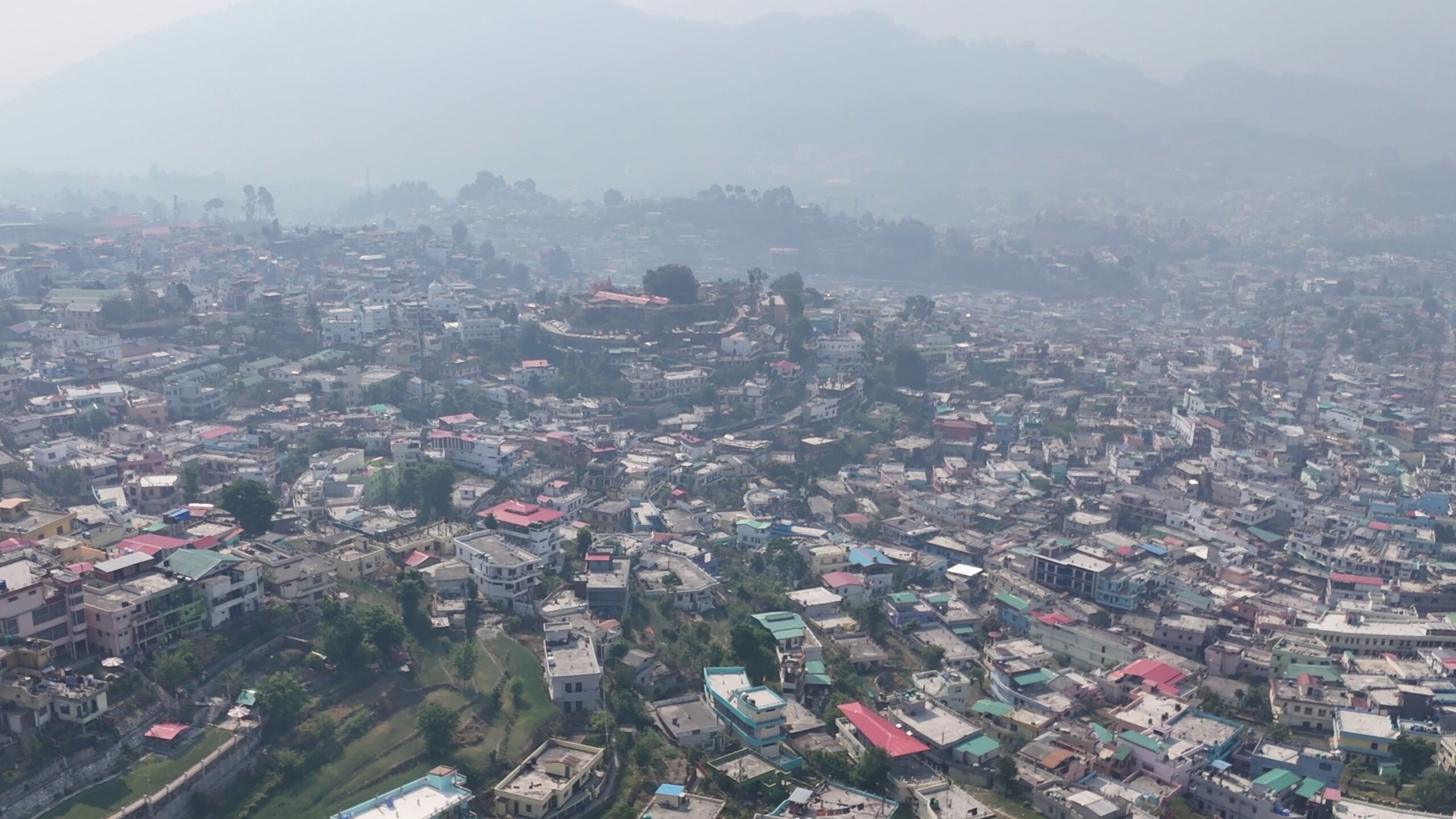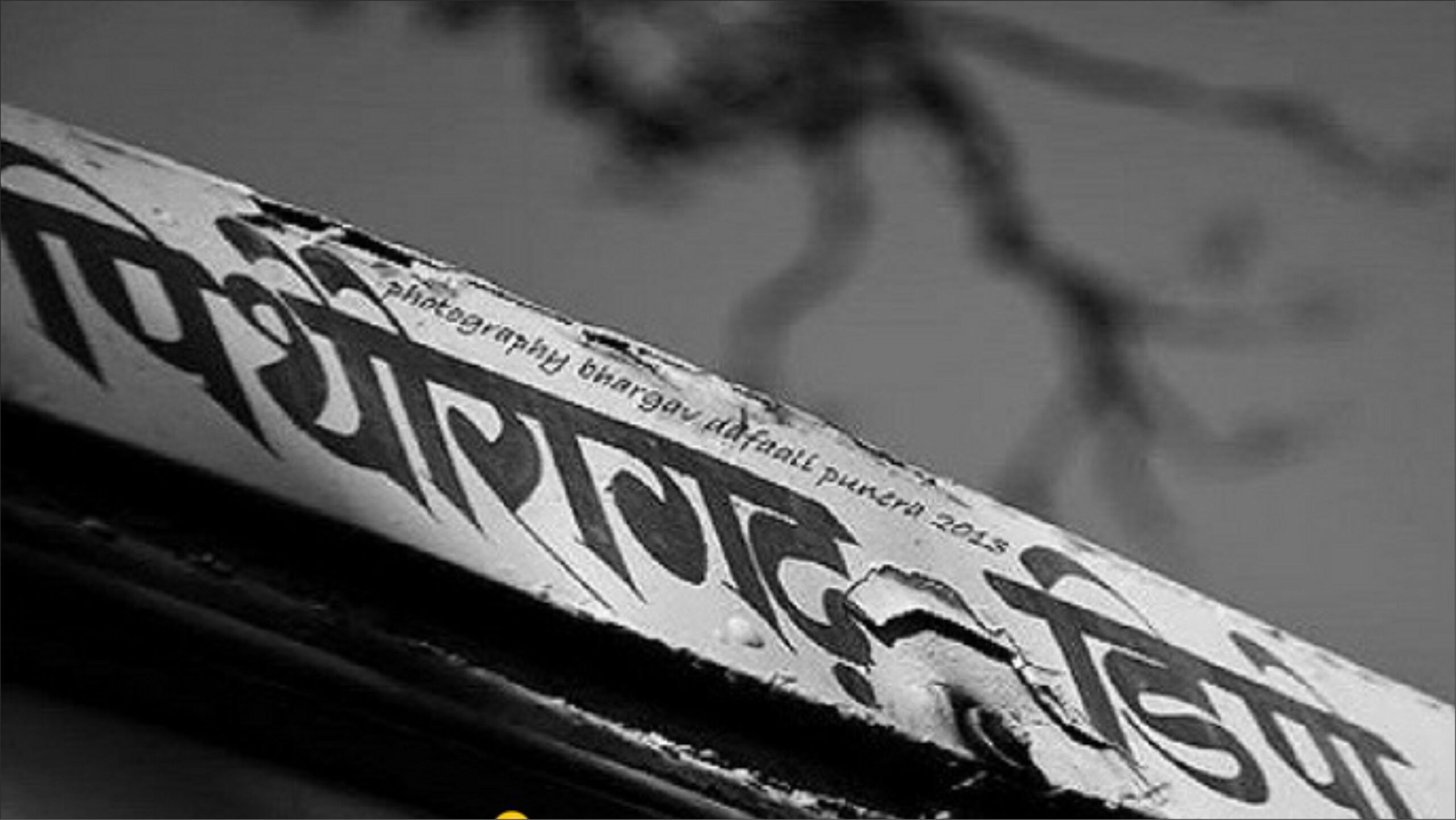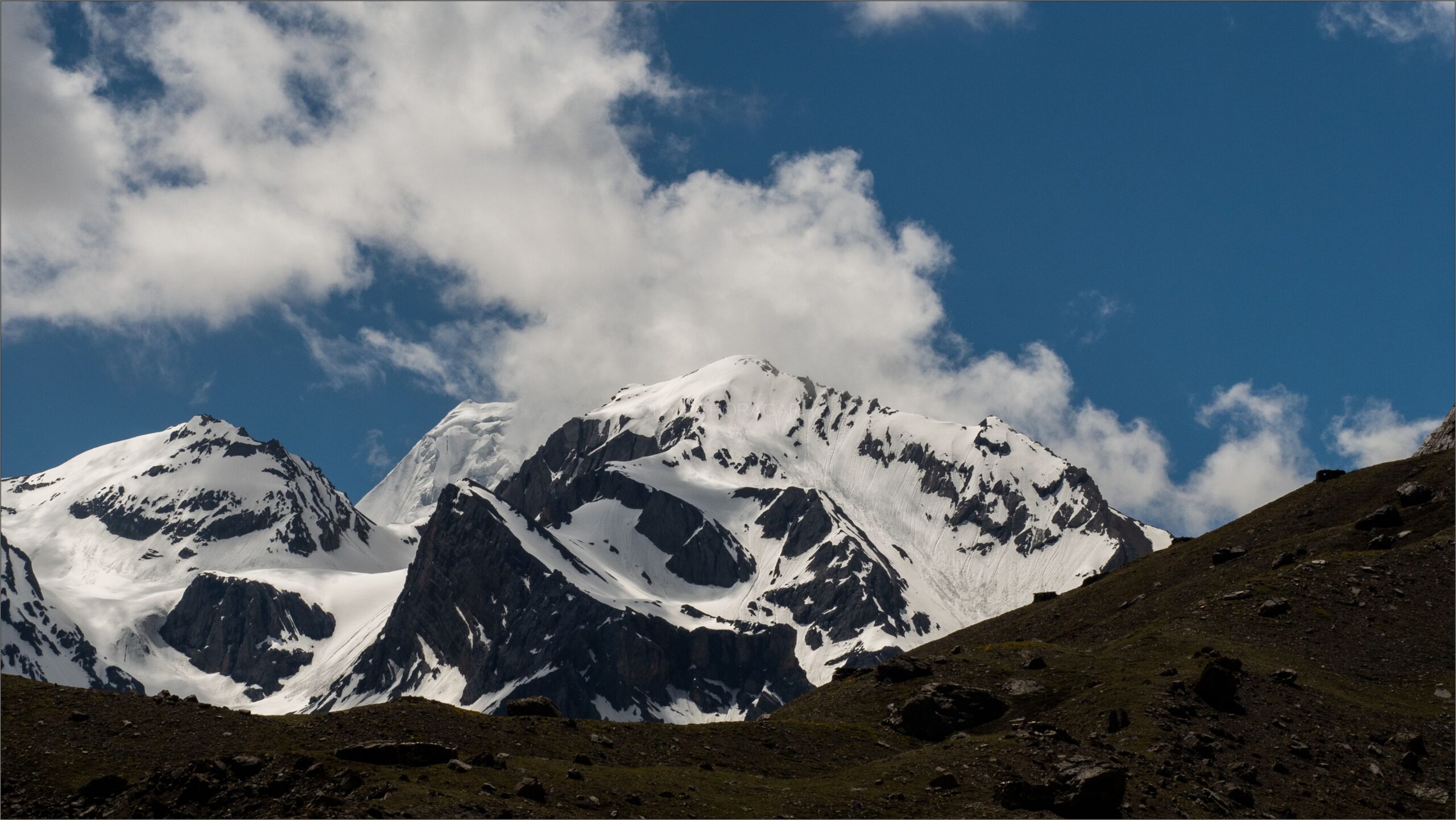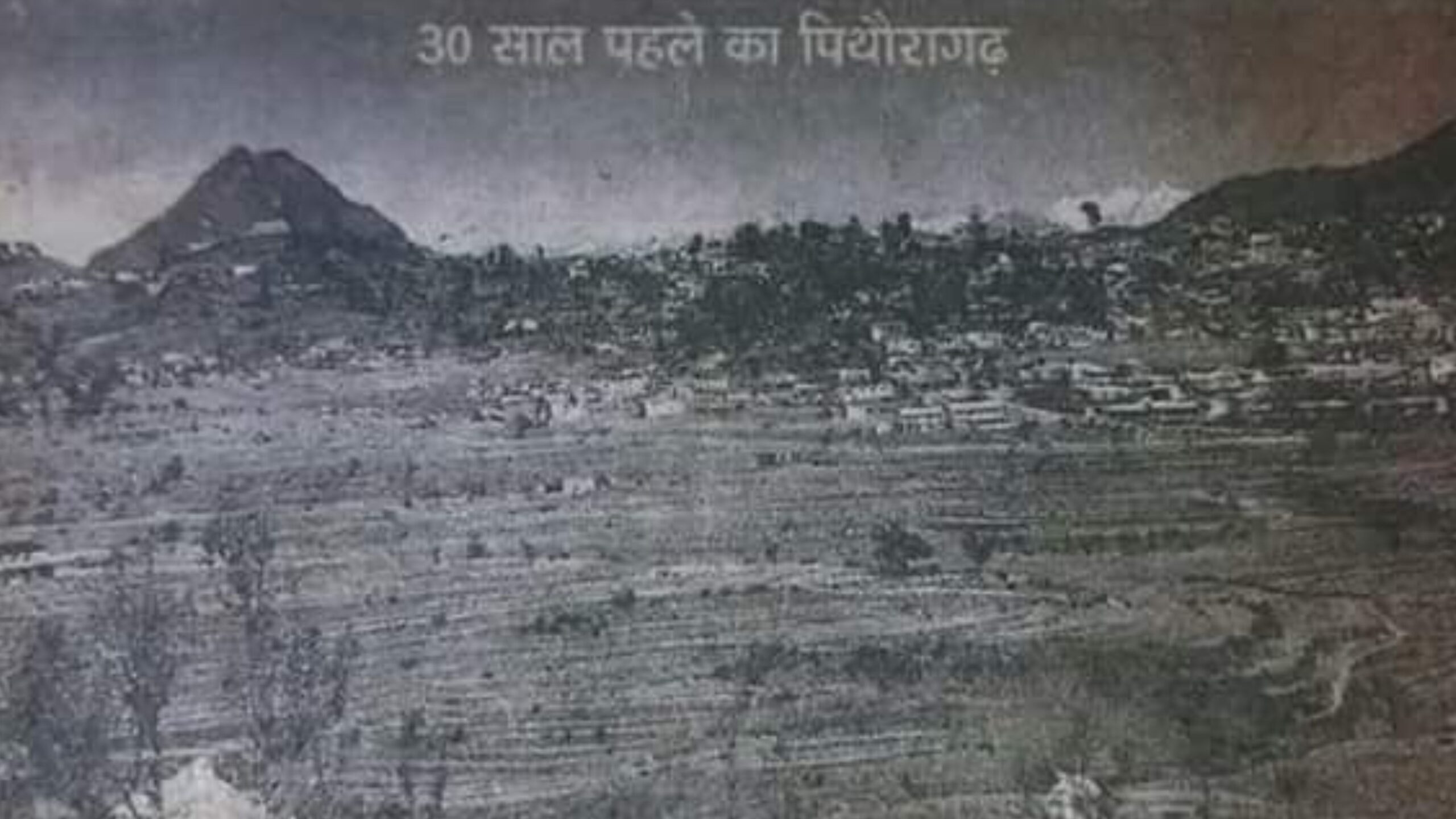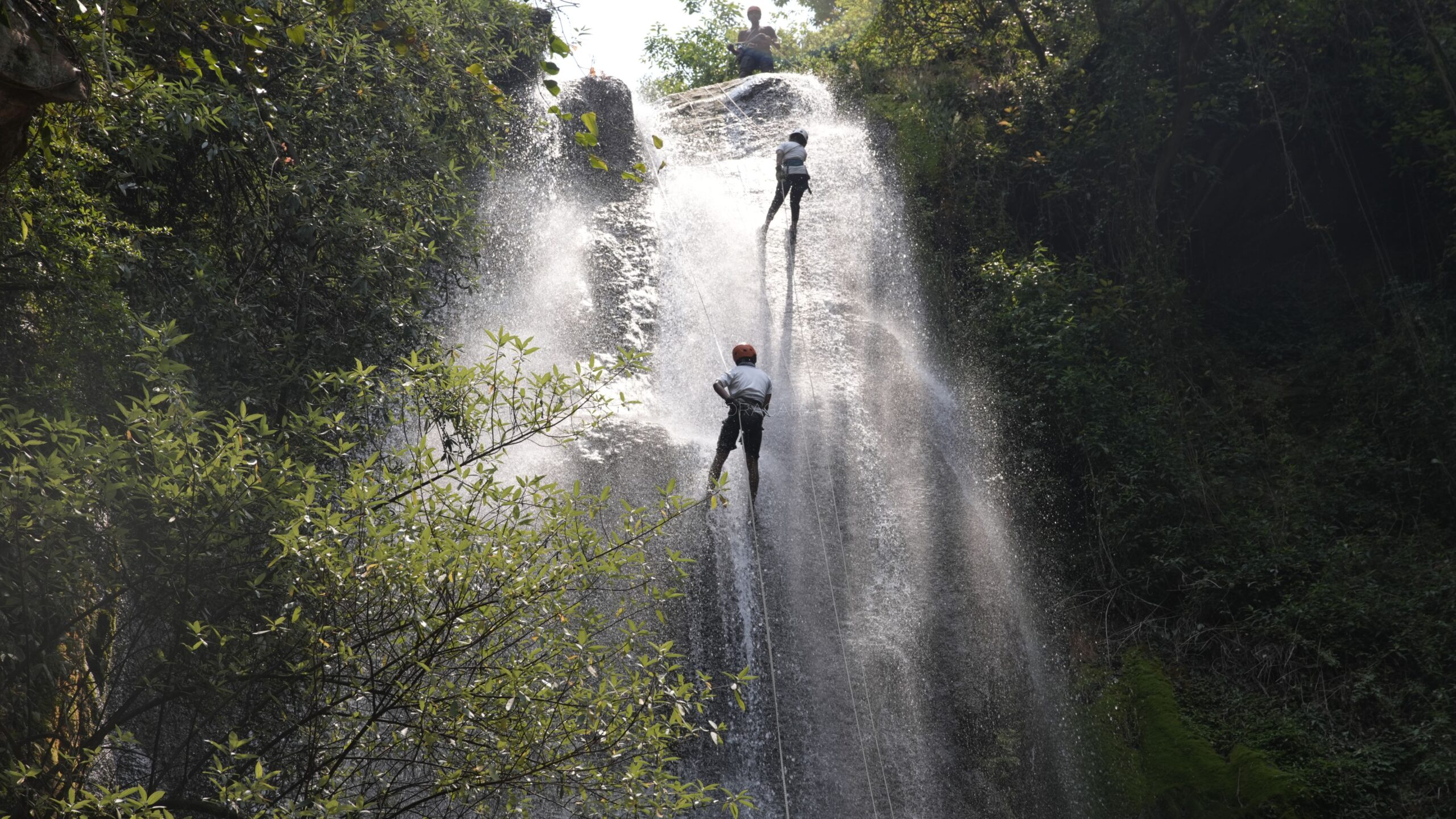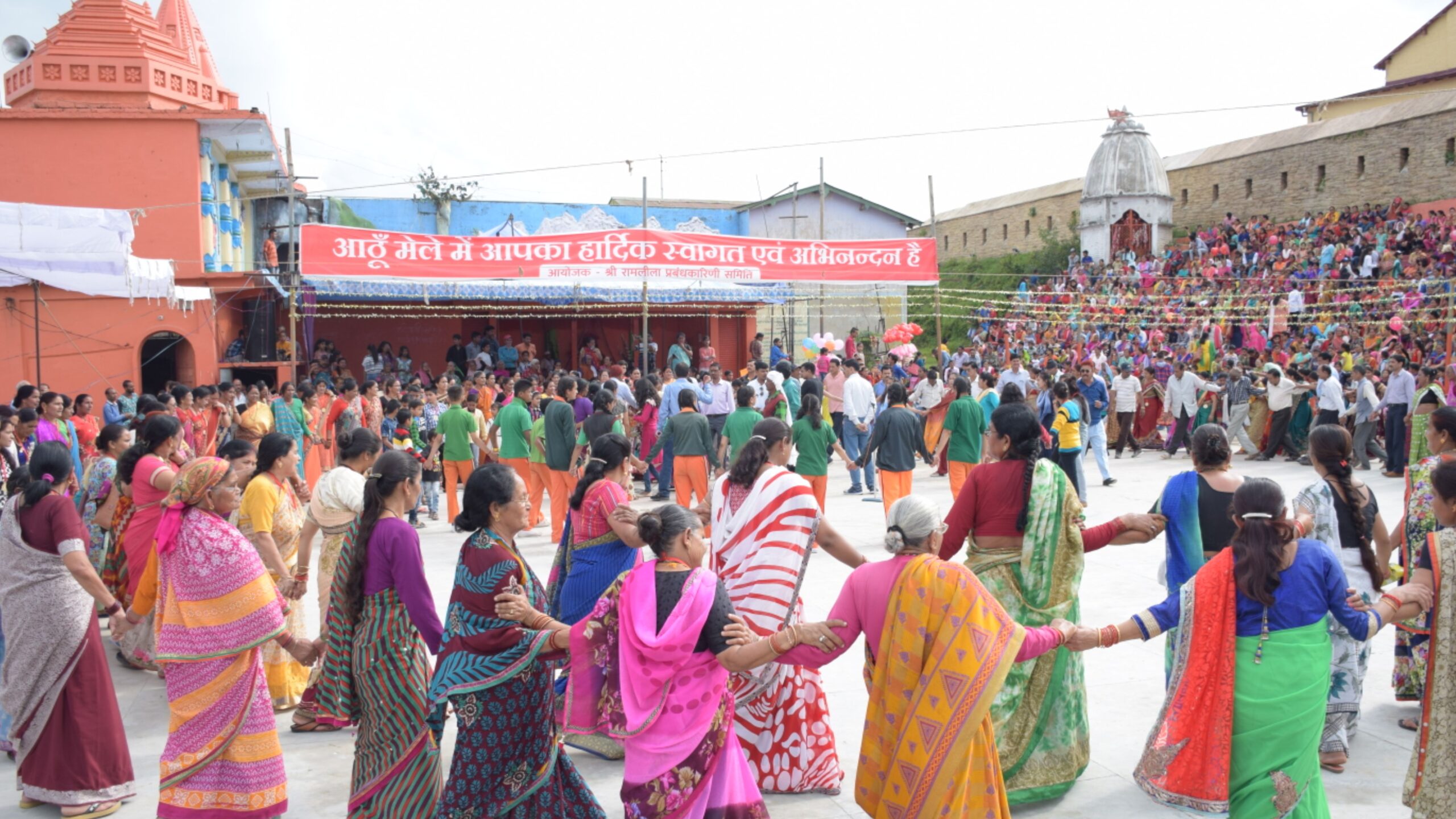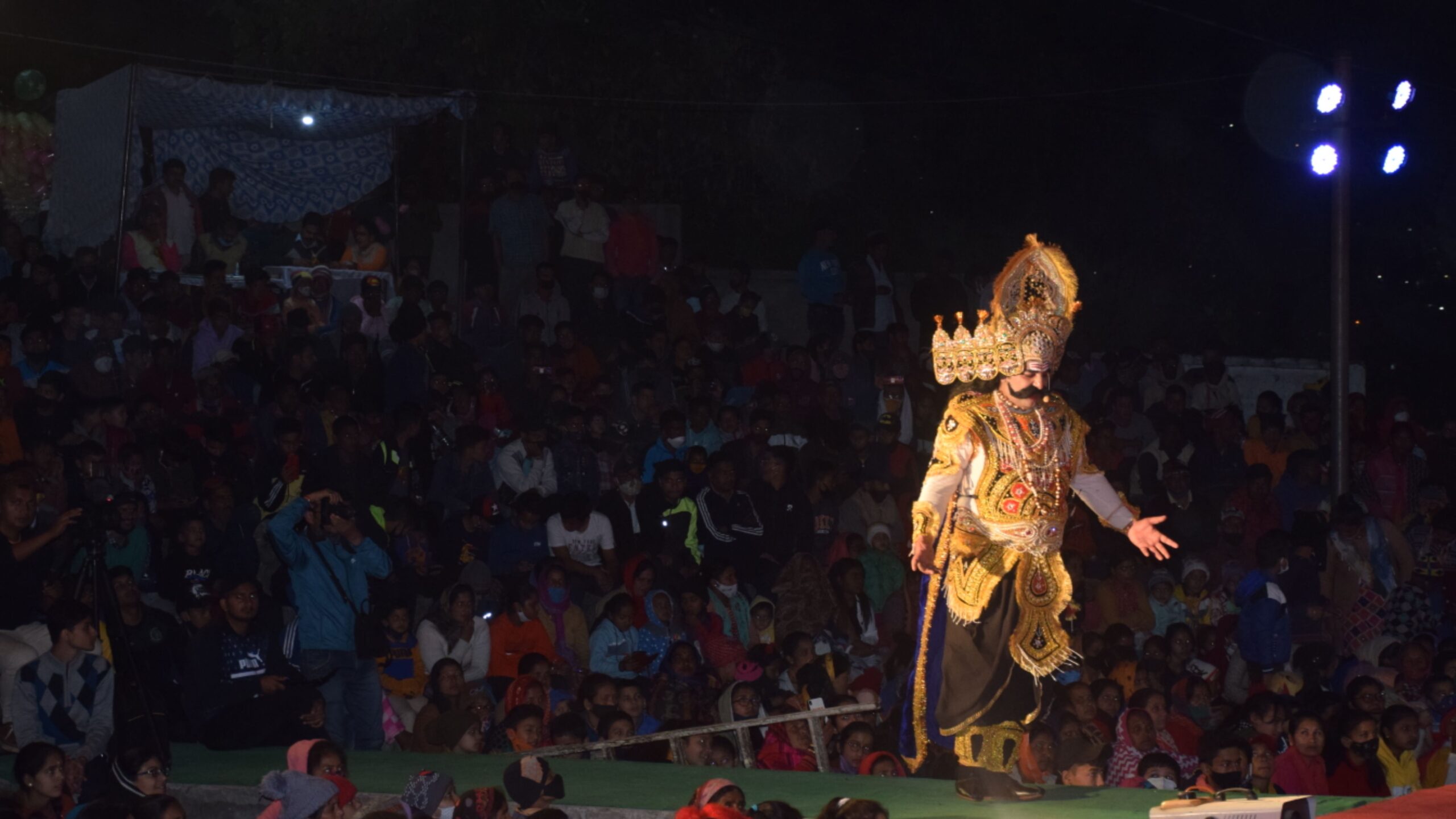The confluence of the Sarayu and Ramganga rivers has been a sacred place for centuries for the villages surrounding Soreghati and nearby areas. It is widely believed that one must take a dip in this confluence before the incarnation of the deities at Devanagari. Located at this confluence is the Rameshwar Temple. Rameshwar, along with the villages of Sore, Gangoli, and Barakot, has been a place of cremation, religious rituals, pilgrimage, and fasting for ages. It holds the same significance for pilgrimage as Haridwar.
It is said that Rameshwar has been an independent region from ancient times, not under the rule of kings. Skanda Purana mentions that Vashishtha, Brahma’s son, was chosen to teach the princes of Ayodhya weaponry and scriptures. Vashishtha initiated the princes’ education by visiting the Himalayan valleys. It is said that he found the footprints of Lord Vishnu at the confluence of the Sarayu and Ramganga rivers. There, he established the Vashistha Ashram. It was here that Lord Rama and his brothers were educated in weaponry and scriptures.
The mention of the Vashistha Ashram is also found in the Mahabharata. According to the story, when King Vishwamitra of Kannauj came on a pilgrimage to Kailash, he was impressed by Vashishtha’s divine cow, Nandini. He requested Vashishtha to give him the cow, but Vashishtha refused. It is said that a battle ensued between Vishwamitra and Vashishtha, in which the local Khass tribes supported Vashishtha and drove Vishwamitra’s army away by showering stones. In this battle, Vishwamitra narrowly escaped and sought refuge on the banks of the Kosi River with his sister Satyavati. The mention of this cow of Vashishtha’s ashram is also made by Kalidasa.
Until 1960, Rameshwar was an important stage of the Kailash Mansarovar Yatra. Women perform puja and archana (ritual worship), as well as bhajan and kirtan (devotional songs), in this temple during the month of Magh. It is an ancient tradition here to have one meal, take two baths, and perform kirtan until noon. On the day of Magh Purnima, there is an ancient tradition of “Bamanyu” here, and a fair is organized on this day called the Magh Mela.
The administration of Rameshwar has traditionally been under the “Vairajya” (non-recognition of kings) system since ancient times, which was an institution called the “Gugguli Parishad.” The term “Gugguli” means “exalted,” and the tradition of three or five exalted lineages has been maintained in each clan. These were the members of the temple committee. In the temple committee in 1960, Bhatt Brahmins from Bishad village, Acharya from Jivi village, Chandrakarma Adhikari, Pujari from Meladungri, and Giri people from Jakha Chamdungara served as the head priest.


